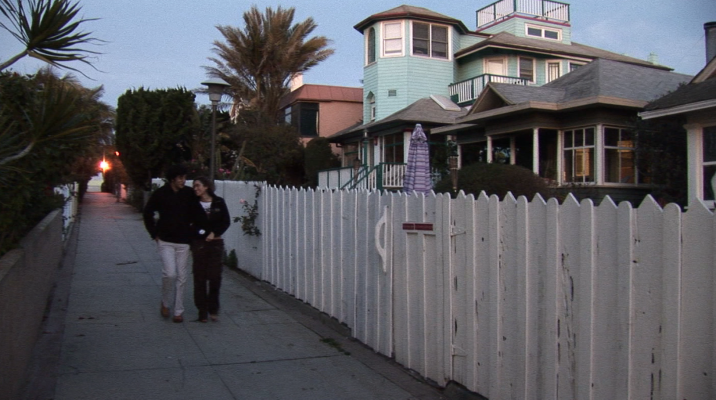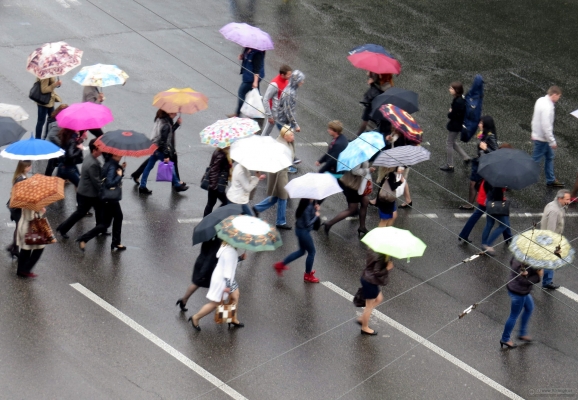The video begins at 3:42.
Watch video
View slides
Summary: Researchers from the transportation, planning and health fields share the common goal of promoting physically active lifestyle. One challenge that researchers often face is the measurement of physical activity, particularly among children. This is because the sporadic nature of children’s physical activity patterns makes it difficult to recall and quantify such activities. Additionally, children’s lower cognitive functioning compared to adults prevents them from accurately recalling their activities. This presentation will describe the design and application of a novel self-report instrument - the Graphs for Recalling Activity Time (GReAT) - for measuring children’s activity time use patterns. The instrument was applied in a study of children’s risk for obesity and diabetes in a predominately Hispanic community in Milwaukee, WI. Time-use data for two weekdays and one weekend day were collected for various physical and sedentary activities. The data was then assessed against measurements of the children’s cardiovascular fitness, weight status and insulin resistance through exploratory analysis and structured equation modeling. Findings on GReAT’s reliability and new evidence on the impacts of time-use in different activities on children’s risk for...
Read moreWatch video
View Kristi Currans's slides
View Steve Gehrke's slides
Steven Gehrke, Ph.D. Candidate, Portland State University
Topic: An Activity-related Land Use Mix Construct and Its Connection to Pedestrian Travel
Land use mix is a central smart growth principle connected to active transportation. This presentation describes the indicators of local land use mixing and their association with pedestrian travel in Oregon’s Willamette River Valley. It argues that land use mix is a multidimensional construct reflected by the complementarity, composition, and configuration of land use types, which is positively linked to walk mode choice and home-based trip frequency. Findings from this study underline the conceptual and empirical benefit of analyzing this transportation-land use interaction with a landscape pattern measure of activity-related composition and spatial configuration.
Steven Gehrke is a Ph.D. candidate in Civil and Environmental Engineering at Portland State University. His research examines the transportation-land use interaction,...
Read moreWatch video
View slides
Summary: This session will describe the process and results of a NHTSA study that showed a change in driver culture of yielding to pedestrians in crosswalks on a citywide basis. The research won the Pat Waller award from the National Academy of Sciences, Transportation Research Board in January of this year. The approach to changing road user behavior focused on an integrated approach that include Enforcement, Engineering, and Educational efforts that were designed to be dovetailed together and that included a social norming component. Additional information will be provided on engineering solutions that can facilitate changes in pedestrian level of service and safety.
Bio: Dr. Van Houten is a Professor of Psychology at Western Michigan University. He has worked in the area of pedestrian safety for thirty years. He is past chairman of the Transportation Research Board’s pedestrian committee and a member of the National Committee on Uniform Traffic Control Devices. He has published extensively in the area of pedestrian safety and recently received along with Dr. Louis Malenfant, Richard Blomberg and Dr. Brad Huitema the Waller Award from the Transportation Research Board for their paper on changing driving culture by increasing driver yielding right-of-way to pedestrians...
Watch condensed preview video
Watch full video
View slides
If you would like to receive continuing education credits such as PDH or CM, please make sure to complete this evaluation form once you've watched the entire video so that we have a record of your attendance.
Why model pedestrians?
A new predictive tool for estimating pedestrian demand has potential applications for improving walkability. By forecasting the number, location and characteristics of walking trips, this tool allows for policy-sensitive mode shifts away from automobile travel.
There is growing support to improve the quality of the walking environment and make investments to promote pedestrian travel. Despite this interest and need, current forecasting tools, particularly regional travel demand models, often fall short. To address this gap, Oregon Metro and NITC researcher Kelly Clifton worked together to develop...
Read moreRECAP: WEBINAR VIDEO + SLIDES
Missed the presentation or want a look back at the slides? Check out the video below or view the presentation slides here.
...
Read more

